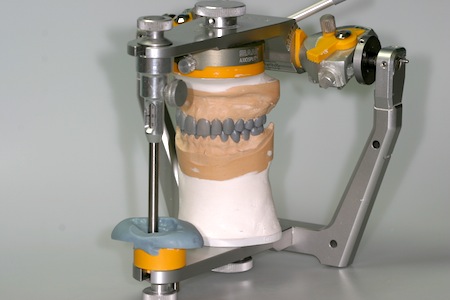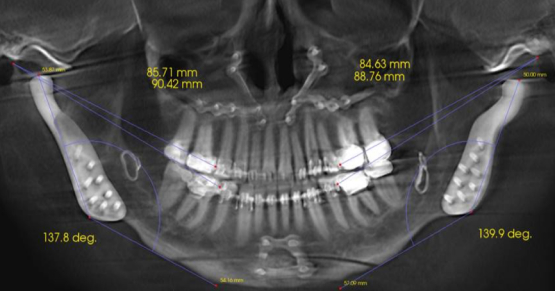When To Use a Custom Incisal Guide Table?
A common question asked is: “When should I make or prescribe a custom incisal guide table?” If there is no pathway wear, generally there is not a need for one to be made. I suggest one should be made in cases when:
- You want to duplicate a patient’s presenting anterior guidance.
- A diagnostic wax-up was made with a new anterior guidance.
An example of when you want to duplicate anterior guidance is when a patient presents with pathway wear. This is the type of situation that is most critical to duplicate or even make the angle of disclusion more shallow, creating more anterior freedom in the pattern of movement. If you do not replicate the patient’s envelope of function or parafunction and the resulting outcome is creating a steeper guidance, the restoration will be at higher risk of failure due to fracture, or the patient may exhibit signs of muscle or joint discomfort.
When you are developing new anterior guidance for a patient with pathway wear, a diagnostic wax-up is made and provisional restorations are fabricated. The patient then wears the provisional restorations for a period of time for trial therapy. This length of time may vary from two weeks to several months, depending on the changes made. If the new anterior guidance created for the patient is acceptable, it can then be duplicated in the final restorations using a custom incisal guide table made from the casts of the provisional restorations. The cast of the tooth preparations needs to be cross-mounted to the provisional casts.
The next article will address the fabrication of the custom incisal guide table.
SPEAR ONLINE
Team Training to Empower Every Role
Spear Online encourages team alignment with role-specific CE video lessons and other resources that enable office managers, assistants and everyone in your practice to understand how they contribute to better patient care.

By: Robert Winter
Date: May 31, 2013
Featured Digest articles
Insights and advice from Spear Faculty and industry experts



